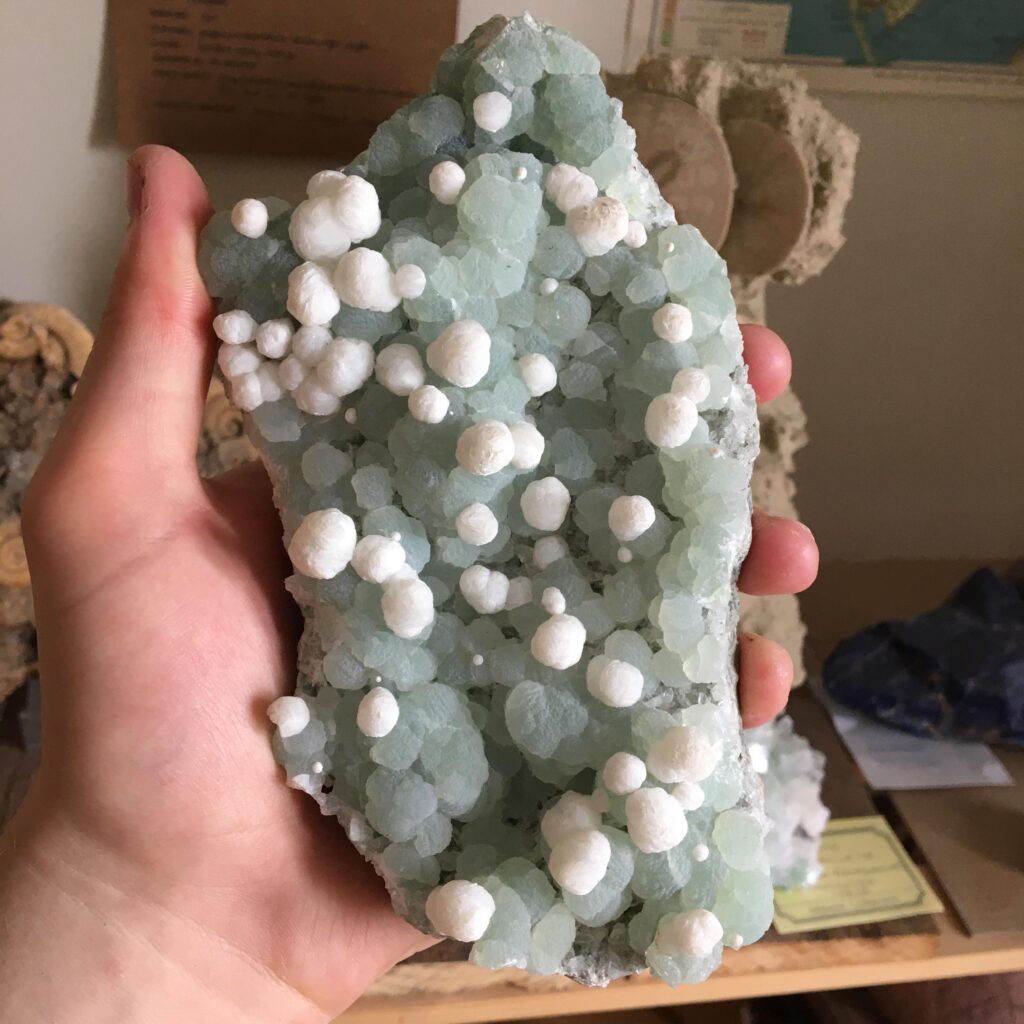Scientists studying the alien world of Titan, Saturn’s largest moon, have uncovered a startling chemical anomaly that could challenge long-held principles in chemistry. Recent analyses of Titan’s hydrocarbon lakes reveal the presence of bizarre crystals exhibiting properties that defy conventional understanding of molecular behavior. This unexpected discovery, reported by ScienceAlert, not only sheds new light on the moon’s mysterious environment but also raises fundamental questions about the rules governing chemical interactions beyond Earth.
Bizarre Crystals in Titan’s Lakes Challenge Established Chemical Principles
Recent analyses of Titan’s hydrocarbon lakes have uncovered crystalline structures that defy the core tenets of chemistry as we know it. Unlike Earthly crystals, which form due to predictable chemical bonds and temperature conditions, these bizarre formations appear to assemble in ways previously thought impossible under Titan’s extreme, frigid environment. Researchers speculate that novel molecular interactions-potentially involving complex mixtures of methane, ethane, and other hydrocarbons-could be at play, challenging the well-established understanding of crystallization processes in low-temperature solvents.
Leading experts have highlighted several unexpected properties of these Titan crystals, including:
- Unusual lattice geometries that don’t match any known mineral structures
- Stability under extremely low pressures that contradicts laboratory models on Earth
- Rapid formation rates that outpace similar crystal growth in terrestrial environments
| Property | Titan Crystals | Earth Analogues |
|---|---|---|
| Lattice Type | Novel/Unknown | Hexagonal/Cubic |
| Formation Temp. | ~-179°C | Varies but usually > 0°C |
| Growth Speed | Hours | Days to Weeks |
These findings not only open new avenues for astrochemistry but also hint at the possibility that chemical principles, which have long been thought universal, might have local exceptions in the colder, chemically unique realms of the outer solar system.
New Discoveries Reveal Unprecedented Molecular Structures on Saturn’s Largest Moon
Scientists analyzing data from Titan’s hydrocarbon seas have identified crystalline formations unlike anything previously observed in our solar system. These newly discovered molecular structures showcase a *unique arrangement*, seemingly defying long-established chemical principles. The crystals, formed under Titan’s frigid temperatures, display bonding patterns that challenge the conventional understanding of molecular stability and symmetry, stirring debates across the chemistry community.
Key features of these Titan crystals include:
- Unusual lattice geometries: The molecules organize into asymmetric grids rare on Earth.
- Exotic bonding interactions: Molecular bonds appear stronger yet more flexible than standard hydrogen bonds.
- Environmental influence: Low temperatures and liquid methane lakes play a critical role in their formation.
| Property | Titan Crystals | Typical Earth Analog |
|---|---|---|
| Temperature (K) | ~94 | 273 – 300 |
| Bond Type | Flexible hydrogen-like bonds | Standard hydrogen bonds |
| Symmetry | Asymmetric lattices | Symmetric lattices |
Implications for Chemistry and Future Research Directions on Extraterrestrial Environments
The discovery of unconventional crystal structures in Titan’s methane-ethane lakes challenges our foundational understanding of chemical bonding and molecular assembly under extraterrestrial conditions. These bizarre crystals exhibit arrangements that diverge from classic ionic or covalent frameworks, suggesting that alternate environmental factors such as extreme cold, complex hydrocarbon mixtures, and low gravity can foster previously undocumented chemical behaviors. This demands a reevaluation of the principles that govern crystal formation, not only expanding the scope of inorganic chemistry but also potentially unveiling novel materials with unique properties applicable beyond planetary science.
Looking ahead, future research must prioritize interdisciplinary approaches combining astrochemistry, cryogenic physics, and advanced spectroscopy to decipher the precise mechanisms enabling these anomalous crystalline forms. Several promising directions include:
- In-situ sampling missions equipped with miniaturized crystallography labs designed for Titan’s harsh conditions
- Laboratory simulations replicating Titan’s lakes to explore the dynamics of crystal growth at cryogenic temperatures
- Computational modeling to predict the stability and electronic properties of these newly identified crystal phases
| Research Focus | Potential Impact |
|---|---|
| Microgravity Crystallization Studies | Insights into materials synthesis in space environments |
| Methane-Ethane Interaction Modeling | Understanding exotic chemistry under cryogenic conditions |
| Implications for Astrobiology | Assessing habitability and biochemical pathways on Titan |
Closing Remarks
As researchers continue to unravel the mysteries of Titan’s alien environment, the discovery of these bizarre crystals challenges long-held assumptions about chemical stability and bonding. If confirmed, this finding could prompt a significant revision of fundamental chemical principles and open new avenues for understanding the complexities of extraterrestrial chemistry. Titan’s lakes thus remain not only a fascinating subject for planetary science but also a potential key to unlocking novel scientific paradigms here on Earth. Stay tuned as science pushes the boundaries of what we thought possible in the chemistry of our solar system.
